Plastic is building up in the areas of the ocean where fish feed and grow, according to research. A study found bits of plastic outnumber baby fish by seven to one in nursery waters off Hawaii.
This month, NOAA is announcing $2.4 million in funding for a four-year research project studying mesophotic coral ecosystems in American Samoa, including reefs within the National Marine Sanctuary of American Samoa and the National Park of American Samoa.
Scientists shocked by data showing loss of hard corals at 100 locations across Whitsundays, Magnetic Island, Keppel Islands and Palm Islands. Coral coverage around some of the most popular tourist islands on the Great Barrier Reef has dropped by almost half in the last 18 years, ac
Nearly three years ago, I broke with conventional wisdom to note that there was ample reason to have hope for coral reefs despite the very obvious threats associated with global climate change, including both warming and acidification.
For years, fisheries managers have struggled to find a delicate balance between competing financial and ecological needs.
As global fish stocks that feed hundreds of millions of people dwindle, nations are scrambling to finalize by year’s end an international agreement to ban government subsidies that fuel overfishing.
When it comes to saving the planet, one whale is worth thousands of trees.
Using harmonized historical catch data to infer the expansion of global tuna fisheries
Despite worldwide demand for tuna products and considerable conservation interest by civil society, no single global dataset exists capturing the spatial extent of all catches from fisheries for large pelagic species across all ocean basins. Efforts to spatially quantify the historical catch of global tuna fisheries have been restricted to the few taxa of major economic interest, creating a truncated view of the true extent of the fisheries for tuna and other large pelagic fishes.
Reef-building corals can make unexpected recoveries from climate change-induced destruction. It turns out that some corals only look dead when exposed to unusually warm water.
A new study, published in Fisheries Research, reveals that the sheer amount of tuna being taken from our seas, including some species considered "vulnerable," has increased by an astonishing 1,000% in the last 60 years — a rate that some scientists are saying is unsustainable.

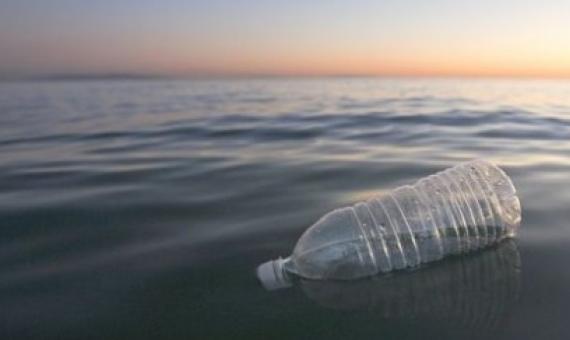
![soft corals (Dendronephthya spp.) were photographed at 148 feet in American Samoa. [photo: Anthony Montgomery, under Creative Commons License]](/sites/default/files/styles/news_teaser/public/mesophoticCORAL_ASM.png?itok=y4gUkQYn)

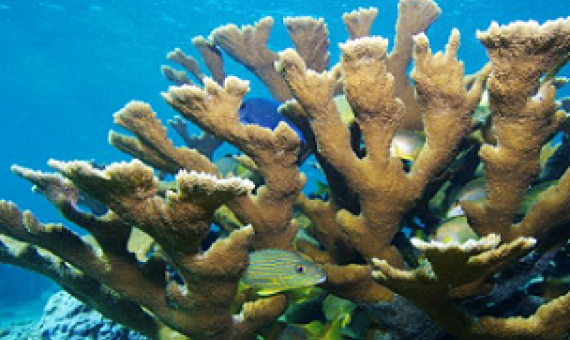

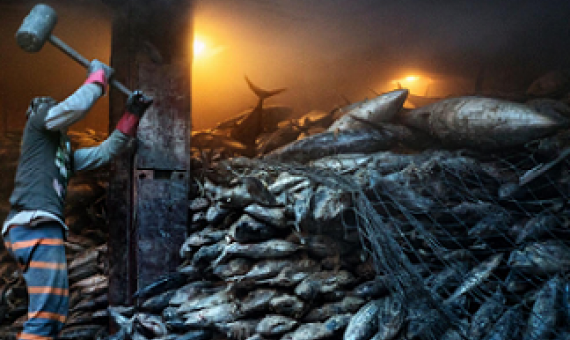
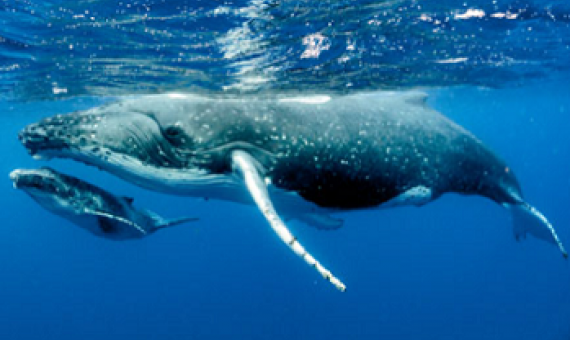
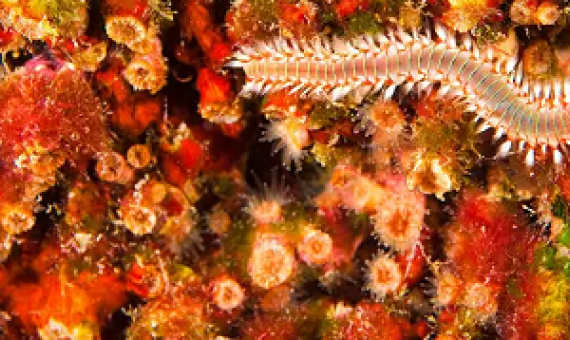
![A new study finds that tuna harvests, including of some species considered "vulnerable," have increased by an astonishing 1,000% in the last 60 years — a rate that some scientists warn is unsustainable. [NiCK / Getty Images]](/sites/default/files/styles/news_teaser/public/TUNAoverharvest.png?itok=crdL4iA0)





